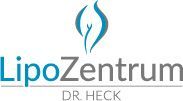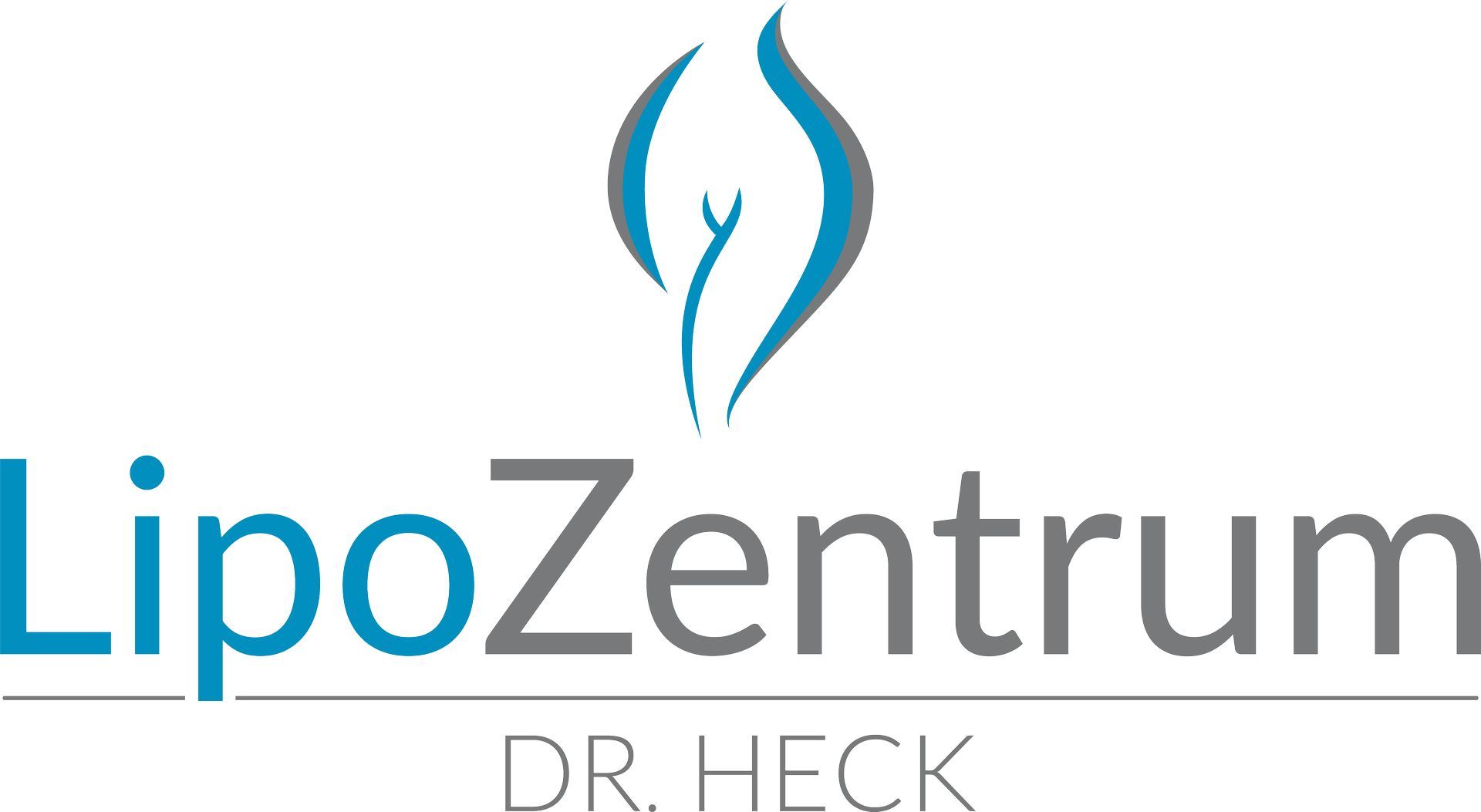Lipedema therapy: Modern treatment methods
Individual treatment approaches for a lipedema-free life
With years of experience in lipedema surgery, the LipoZentrum Dr. Heck is a world leader in the fight against lipedema. We know what a long and arduous path of suffering you have already been through. A path paved with incomprehension and ignorance on the part of those around you. Years of self-doubt and self-castigation in which those affected often feel alone and misunderstood.
With our experience, we would like to help you embark on a new life without lipedema!
THE EFFECTIVE TREATMENT OF LIPEDEMA
The treatment of lipedema begins with so-called conservative decongestion therapy, which means flat knit compression and manual lymphatic drainage (MLD). However, conservative decongestion therapy is not sufficient as a sole form of therapy and cannot permanently stop or even cure lipedema. You should still try to normalize your weight through exercise and diet, as this is an essential factor in supporting the surgical treatment of lipedema. Flat knit compression and lymphatic drainage serve to reduce fluid retention, but they do not reduce the pathological proliferation of lipedema fatty tissue.
DIE OPERATION
Our experience has shown that radical and large-volume liposuction is the only reliable and sustainable treatment for lipedema. With a competently performed operation, excellent results and very few complications can be expected and patients are pain-free after just a few weeks.
More than 2,500 lipo decompressions are performed each year according to the standards developed by Dr. Falk-Christian Heck, making the LipoZentrum Dr. Heck the world leader in lipedema surgery.
THE SURGICAL TECHNIQUE
Water jet assisted liposuction (WAL technique)
Two different surgical techniques are generally used in lipedema surgery: water jet assisted liposuction (WAL) or tumescent local anesthesia (TLA). At the LipoZentrum Dr. Heck we prefer the WAL technique because it is very comfortable and offers increased safety for patients during the operation. Water jet assisted liposuction has been used since 2006 and has proven to be a convincing therapy method in lipedema surgery.
The fat cells are separated from the tissue using a thin water jet and suctioned out in the same operation. Unlike with the full filling of the tissue (TLA technique), the WAL technique uses much less rinsing solution and the arms and legs retain their natural shape even during the operation. This makes it easier for the surgeon to assess the optimal shape and better define the affected body parts. The fat tissue is suctioned out precisely and the desired contour is achieved. In addition, the WAL technique does not require any filling time for the tissue or any exposure time, which means that the operation is quicker.
During liposuction, a tumescence solution is first injected into the affected parts of the body, which anaesthetizes locally, constricts the vessels and swells the tissue. The suction of the diseased fatty tissue can then begin. This means that the actual operation time is significantly shorter than with the TLA technique. In addition, the patient's circulatory system is not additionally burdened with a high concentration of rinsing solution and the medication it contains. This also reduces the risk of medication-related side effects on the cardiovascular system. Compared to other liposuction methods, the WAL technique is particularly gentle on the tissue and the risk of damaging vessels or nerves is very low. There is no proven damage to the lymphatic vessels to date.
SUCCESSFULLY STOP LIPEDEMA
Studies have shown a reduction in lipedema pain after liposuction using the WAL procedure. In addition, a shorter recovery time and a reduced tendency to swelling were found with the WAL procedure. Most of our patients are pain-free within the first few days. In most cases, no long-term conservative treatment with compression pants or lymphatic drainage is necessary after liposuction. However, if a patient suffers from lipo-lymphedema, compression stockings must still be worn permanently after the operation. However, liposuction using the WAL procedure still provides relief because the lipedema is stopped, the lipedema pain disappears and a more beautiful contour of the affected limbs is ensured.
Frequently Asked Questions about Lipedema Treatment
What is the most effective treatment for lipedema?
Experience and current research show that radical, large-volume liposuction is the only sustainable and effective treatment for lipedema. At the LipoZentrum Dr. Heck, we use water-assisted liposuction (WAL technique), which is particularly gentle and effective.
Can lipedema be treated with compression and lymphatic drainage alone?
Compression garments and manual lymphatic drainage (MLD) can relieve symptoms such as swelling but do not stop the disease. These conservative measures are suitable as supportive therapy but cannot permanently remove the diseased lipedema fat tissue on their own
How does water-assisted liposuction (WAL) work?
With the WAL technique, fat cells are loosened from the tissue using a fine, pulsating jet of water and suctioned out at the same time. This method requires less infiltration solution than other procedures, which is gentler on the circulatory system and allows for more precise contouring of the affected body areas.
Why does LipoZentrum Dr. Heck prefer the WAL technique over tumescent local anesthesia (TLA)
The WAL technique offers greater safety and comfort for patients. Unlike the TLA technique, the natural shape of the arms and legs is preserved during surgery, enabling precise contouring. In addition, there is no long infiltration time, making the procedure shorter and gentler on the tissue.
How long is the recovery time after WAL liposuction?
Many patients are pain-free just a few days after the procedure and can resume their daily activities. Thanks to the gentle technique, swelling is reduced, and recovery time is shorter than with traditional liposuction methods.
Is lipedema surgery painful, and how quickly does the pain go away?
During surgery, a special solution is used to locally anesthetize the tissue, so no pain is felt. In addition, the patient is sedated or under general anesthesia. After the operation, the legs swell significantly, and the first few days can be quite painful. Nevertheless, most patients report that their lipedema-related pain decreases significantly or disappears completely within a few days.
Are there any risks or side effects with the WAL technique?
The WAL technique is considered particularly safe and gentle on tissue. The risk of injuring nerves or blood vessels is very low. Studies have so far shown no damage to lymphatic vessels. Side effects such as swelling or bruising are possible but usually resolve quickly.
Do patients need to wear compression garments after WAL liposuction?
In most cases, no long-term compression is needed after WAL liposuction. Only patients who also have lipo-lymphedema must wear compression stockings or garments permanently.
How often are lipedema surgeries performed?
Each year, Dr. Heck’s clinics perform over 2,500 lipedema surgeries using a standardized, specially developed protocol. This makes us one of the world’s leading centers in this field.
Can WAL liposuction permanently stop lipedema?
Yes. With the WAL technique, the diseased fat tissue is removed, stopping the progression of the disease. Following the Heck Protocol, the procedure is performed circumferentially and radically to ensure all lipedema fat cells are removed. The lipedema pain disappears, and the contour of the affected body areas is permanently improved.








